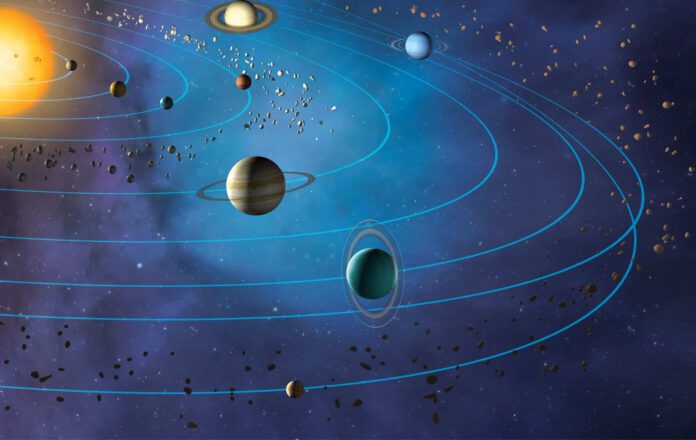
Discoveries Beyond the Kuiper Belt
Scientists have uncovered evidence suggesting that the Kuiper belt, a circumstellar disc in the outer Solar System, may be nearly twice as large as previously assumed. More intriguingly, there may even be the existence of a secondary belt.
The space probe New Horizons is famously known for its groundbreaking discoveries. It now suggests that the Kuiper belt could extend billions of kilometers beyond what current models forecast. The space probe is currently 60 Astronomical Units (AU) from the Sun, an AU being equivalent to the distance between the Sun and Earth, approximately 140 million kilometers. At its present distance of 8.4 billion kilometers from the sun, New Horizons is encountering significantly more dust than projected, which may indicate an even larger Kuiper belt than previously thought.
Stardust and New Horizons
Scientists made this discovery as New Horizons ventured through the Kuiper belt, detecting dust along its path. From these detections, the researchers can determine a density. The current density is higher than initially expected. Since the outer ring of the Kuiper belt should have a lower dust density than the internal regions, it’s plausible that New Horizons has yet to reach the outer edges of the Kuiper belt.
About those Ice Particles…
The timing of New Horizons’ data collection couldn’t be more fitting. From previous observations, including those made by the Subaru Telescope in Hawaii, scientists had discovered several objects far beyond the traditional limits of the Kuiper belt. These latest New Horizons data seem to confirm that the outer edge of the Kuiper Belt is located farther away than originally perceived. The initially predicted demarcation at 50 AU may rather lie at some 80 AU, extending the belt by an impressive 4.2 billion kilometers. The quest for a suitable explanation is underway; it could be that New Horizons is detecting tiny ice particles that cannot get closer to the sun, or perhaps small dust particles from the Kuiper Belt are being propelled further by radiative pressure than what was believed.
New Horizons and Its Many Discoveries
New Horizons is far from finished; the probe has enough fuel to continue until roughly 2050, traveling over a distance of more than 100 AU. With a track record of exceptional discoveries, like capturing close-up images of Pluto and its encounter with Arrokoth, the world eagerly awaits its next revelation.











